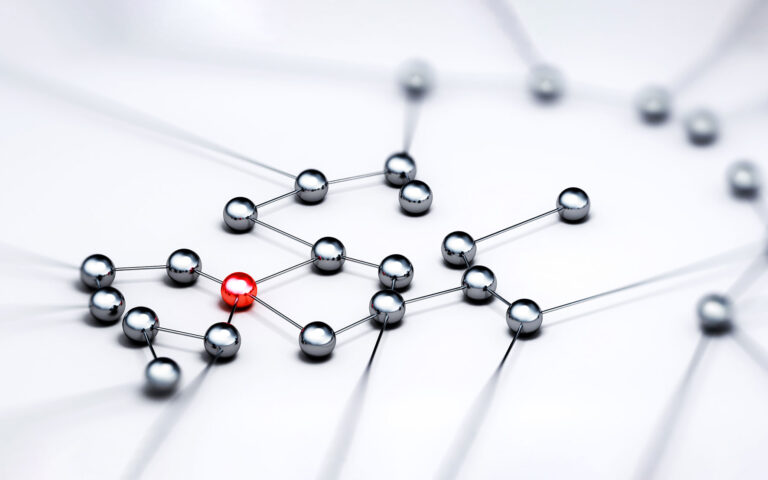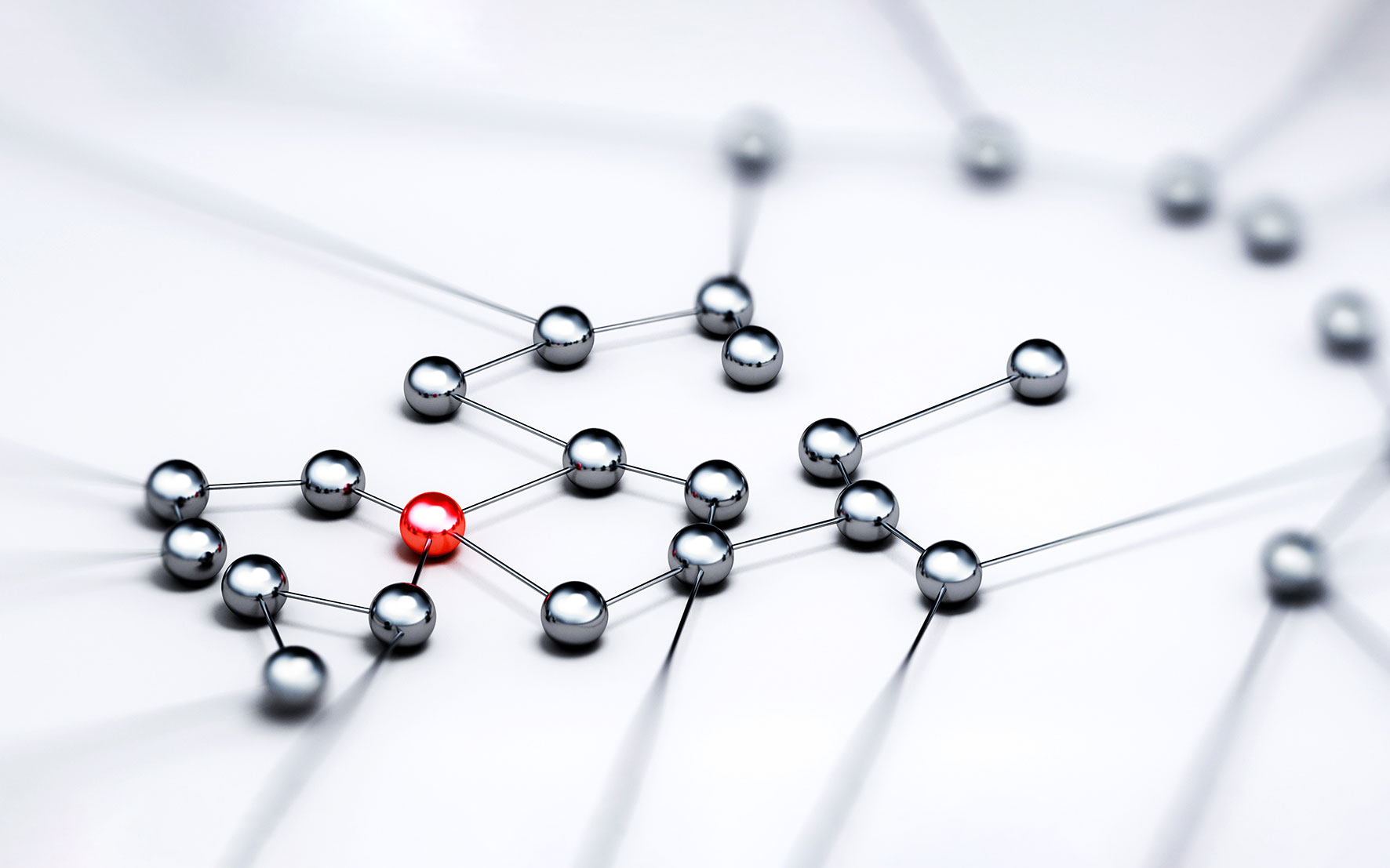The rise of renewable electricity has permanently changed the power system of Finland, making ever greater demands on the main grid.
About ten years ago, Fingrid reinforced the entire west coast grid in preparation for an increase of several thousand megawatts in renewable electricity generation. However, the actual rate of growth surprised everyone, as wind power production doubled.
The grid now must be reinforced further, causing temporary inconvenience to electricity producers.
From time to time, the amount of electricity produced for the grid will have to be limited to keep the grid balanced if a fault occurs: electricity production has to be adjusted to a level that the power system can withstand without setting off an expanding disturbance. Otherwise, even a small fault or a lightning strike could lead to a major disturbance.
“We have to limit production as a precautionary measure when repairs or construction work are carried out on the main grid. Not all disturbances can be completely avoided, but we seek to manage them by means such as deploying technologies to reinforce the grid and thereby minimise negative impacts,” says Petri Parviainen, Unit Manager, Main Grid Services at Fingrid.
“We seek to ensure that the customer will always have enough time to adapt to the situation at hand.”
Fingrid seeks to ensure that planned outages are as short as possible and releases information about restrictions as early as this is feasible. However, it is not possible to foresee everything – surprises do occur.
“In our operations, we seek to ensure that the customer will always have enough time to adapt to the situation at hand. We know that production restrictions cause loss of income, and we want to avoid that as much as possible,” says Parviainen.
Grid construction is on schedule
Customers have pointed out that transmission outages and the resulting production restrictions pose major challenges to electricity producers.
Investment Manager Tommi Riski at Exilion Tuuli says that unexpected restrictions in particular have hindered operations and led to direct losses of income.
“Last year, for example, there were almost twice as many production restrictions on the west coast than originally announced,” says Riski.
He says that Fingrid has a long and excellent track record in the development of the main grid. That said, in the future, it would be important to ensure that the actions taken to develop the grid would also support investments in electricity consumption.
“Plenty of generation capacity is already available, especially in wind power,” says Riski.
Petri Parviainen assures that Fingrid has heard customers’ wishes; the role of the transmission system operator is to enable the production and transmission of electricity to users. At this time, all the parties involved must still be patient.
“This isn’t the new normal, but a transitional period. Construction is on schedule and the situation is easing up all the time. Once the new 400-kilovolt transmission line investments on the west coast have been completed, the restrictions will be reduced.”
Thanks to the reinforcement of the main grid, the Finnish power system will be even better prepared for renewable production and changing conditions.
“I emphasise cooperation and proactive discussion. Understanding and patience are necessary for a little while longer, but the future looks bright,” says Parviainen.
Grid tests provide accurate information
Work that requires transmission outages must be carried out efficiently without compromising safety. One way to mitigate the inconvenience experienced by customers is to coordinate outages effectively and schedule them for the summer season, when there is traditionally less wind power production.
“We’ve introduced a flexible approach to scheduling outages, in which we can implement a one- to three-day transmission outage if wind power generation is at a sufficiently low level. This enables us to avoid imposing advance restrictions and thereby reduce the inconvenience for customers,” says Mikko Piironen, Head of Operational Planning at Fingrid.
Piironen says that the development of power converter technology could be very helpful. In line with the increasingly strict requirements of network system operators, manufacturers have taken steps to develop devices that better support grid balance.
“More advanced converter technology functions more reliably in a network weakened by outages. Technological advances will enable existing customers to upgrade their own equipment. And thanks to this, the restrictions during outages could be kept lower for everyone,” Piironen says.
Discussions with customers and equipment manufacturers are even more important when new technologies are under development.
“Open discussion about the needs and the means to fulfil them are absolutely essential for developing the power system of the future,” Piironen says.
Grid tests are a hands-on means of evaluating how the grid functions in different situations. These tests provide valuable information for the development of calculation models, so that restrictions during transmission outages can be scaled and targeted as accurately as possible. The calculation models are used to specify operationally reliable transmission limits for different outage situations.
“Grid testing is the only means of ensuring real-world fit in the development of large scale models that incorporate technology from multiple manufacturers. This yields operational reliability and reduces the need for higher margins to account for uncertainty when setting safe transmission limits,” says Piironen.
More dialogue and proactive communications
Both customers and Fingrid want better communications and dialogue to minimise the impact of transmission outages and production restrictions.
Information should reach the right people at the right time. The earlier that customers are informed, the better they can prepare for the outages and restrictions in their own activities and minimise their impact.
“Fingrid has to inform its customers about necessary outages, while customers need to let Fingrid know about their own needs.”
“Information must flow in both directions: Fingrid has to inform its customers about necessary outages, while customers need to let Fingrid know about their own needs,” says Piironen.
The main communication channel is My Fingrid, which is currently being developed to make it easier for customers to keep their contact details up to date.
“Up-to-date contact information is critical. If there are changes in personnel, the contact details must be updated,” says Piironen.
Tommi Riski also says that the most important focus of development in the management of transmission outages and production flexibility is to improve communications.
Customers need to be informed about transmission outages as early as possible – preferably during the preceding year – so that these outages can be taken into account in their own production planning and maintenance activities, for example.
“Clearer communications and improving adherence to schedules would be important steps to increase reliability.”







